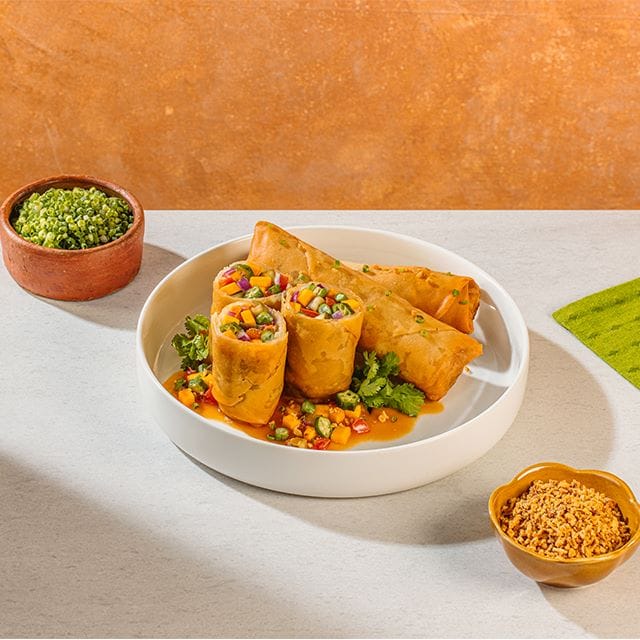A growing number of diners are restricting meat consumption. According to a report from Euromonitor, around 42% of global consumers adopt the flexitarian diet, which centers on plant-based meals with the occasional inclusion of animal-based products. As the popularity of flexible vegetarianism increases, so does the demand for meatless protein-rich food options.
When dining out, people are more likely to order from restaurants that offer a spread of appetizing meat-free dishes that everyone can happily enjoy, not just a salad or a veggie burger. By incorporating the “Plant-Powered Protein” trend into your menu, you can attract more customers – vegans, vegetarians, flexitarians, and even omnivores who are looking for a change of pace.
Maximize your restaurant’s success by expanding your menu with these plant-based, protein-rich food ingredients. Plus, read our tips on how to turn them into winning dishes.
1. Tempeh
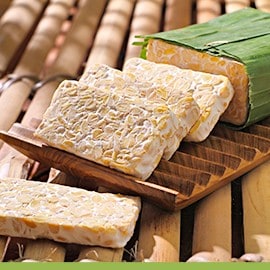
Made from fermented soybeans, the protein in tempeh is almost as high as what you’d find in beef. It’s firm in consistency and absorbs any seasoning you throw at it, allowing this superfood to shine in a variety of dishes. Deep-frying and grilling enhance its linamnam notes, whereas steaming and simmering it in stews help preserve its nutrients.
2. Edamame
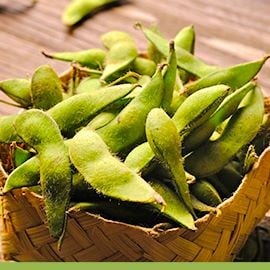
No other ingredient can steal edamame’s title as the best vegetable for snacking. They’re tasty to eat on their own with a sprinkling of salt or chili powder, but they can also give that X factor to your restaurant menu. Turn them into a delicious crust for grilled tempeh, use them as ramen toppings, or pair them with cheese for savory muffins. The possibilities are endless.
3. Mushrooms
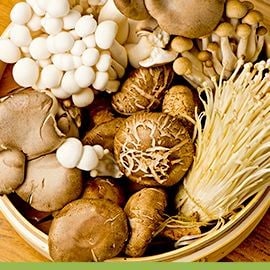
The versatile mushroom comes in all different forms, colors, and tastes but all of them are protein-packed and calorie-light. Moreover, they’re one of the very few ingredients that contain vitamin D. Shrooms are used as beef replacement often due to their meaty flavor.
To kickstart your culinary juices, Chef Kenneth Cacho utilizes assorted mushrooms to make vegetarian adobo. He adds a dash of Knorr Liquid Seasoning to enhance the umami of the fungus and gives it a glazed caramel color. Then, he serves the adobo on a crispy flatbread topped with green mango chutney and a drizzle of aioli.
4. Broccoli Rabe
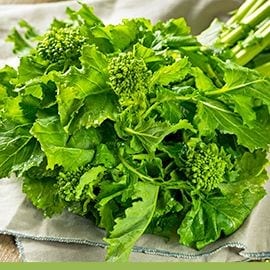
Despite the name, broccoli rabe tastes more like mustard greens – bold, peppery, and quite bitter. The assertive flavor of this high-protein vegetable is excellent for balancing out rich and greasy main dishes such as cheesy gratins and alfredo pasta. For a lighter option, broccoli rabe bruschetta with citrus vinaigrette and toasted almonds offers a refreshing twist on the classic hors d'oeuvre.
5. Cauliflower

Cauliflower is one of the most nutritious vegetables, boasting a wealth of vitamins, minerals, and antioxidants. Its subtle flavor makes it the “it” ingredient for plant-based cooking. You can use it to substitute rice, pizza crust, and fried “chicken wings.”
The best way to cook this cruciferous vegetable is by roasting it, like how chef Cacho masterfully prepares his Cauliflower Bistek Tagalog recipe.
6. Lentils

Lentils range from petite, firm green seeds to tender, fast-cooking red ones – each type brings a unique character to dishes. While people mostly toss them over salads and soups, there are tons of other ways to reimagine these legumes. For example, you can simmer them with herbs and vegetables to create a meatless cottage pie. The nutty flavor of lentils also makes them ideal for elevating your pasta sauces.
7. Black Beans

A classic addition to Filipino recipes, black beans taste rich and earthy with a delicate sweetness. Let them shine as a protein-rich food in crowd-favorite dishes like burritos, tacos, salads, or nachos. You can even give them the main role in a simple but delicious sautéed dish.
If you want to go the experimental route, try chef Cacho’s Pancit Luglug with Crispy Tofu Sisig and Salted Black Bean Chicharon recipe. Purée seasoned beans and dehydrate the mixture before deep-frying it. The crunch and savoriness bring your noodle dish to the next level.
8. Chickpeas

Garbanzo beans add a satisfying creaminess and a boost of protein to any dish. They lend themselves well to soupy delights like curry, chowder, menudo, and nilaga. That said, kick things up a notch by serving something new and exciting. Try chef Cacho’s Empanada Kaliskis With Spiced Chickpea Filling to wow your customers. The combination of garbanzos, potatoes, and peppers encased in a flaky crust creates a mouthwatering contrast of textures.
9. Quinoa

Quinoa is a gluten-free, protein-rich food that’s native to the Andean region of South America. It’s beloved by vegetarians and vegans alike for its complete protein profile, containing all nine essential amino acids that the human body can’t produce on its own. Quinoa also has a pleasantly sweet aspect, which makes them a great substitute for rice. Beyond that, you can also cook them with other high-protein veggies, like mushrooms and cauliflower in a casserole.
10. Buckwheat

Another food option for your gluten-intolerant guests is buckwheat, which has a distinct toasty flavor with a slight bitterness. Buckwheat groats can be transformed into risotto, used as a base for Buddha bowls, or pan-fried to add a little crunch to your restaurant’s appetizers and main courses. Additionally, you can ground buckwheat into flour that makes for tasty noodles and baked goods.
Feature these protein-rich food ingredients in your vegetarian-friendly menu. Each one presents an array of textures and flavor profiles that can appeal to a diverse range of palates. Download the Future Menus report and discover new ways to highlight the uniqueness of plant-powered proteins.



.jpg)
